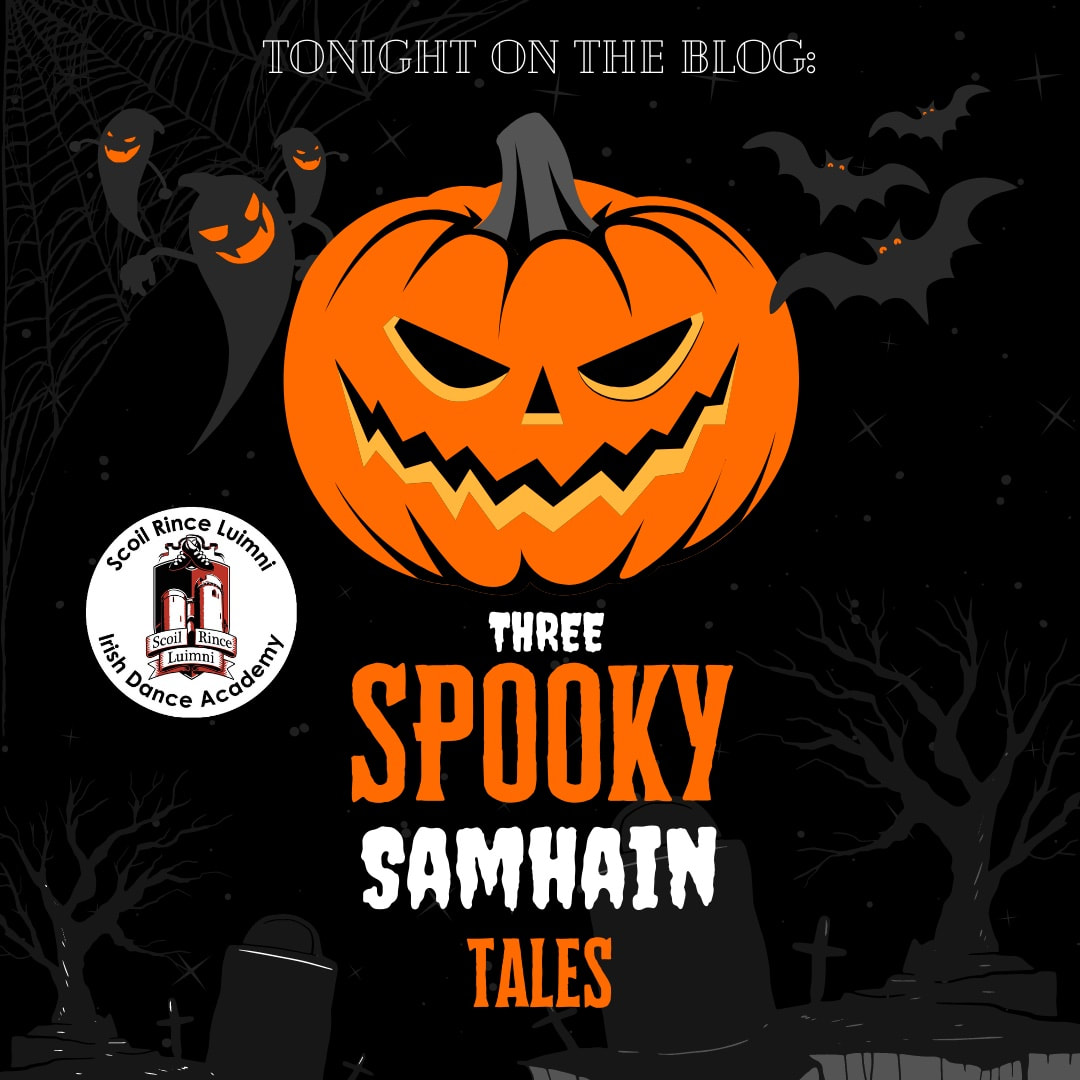|
Three Spooky Samhain Tales Read last year’s spooky tales here. While we’ve covered Samhain treats and costumes already this year, we haven’t told you as much about the why. It’s all in the name of protection, of course! As Samhain marks a time when it’s believed the veil between worlds is at its thinnest, there’s the question of who or rather what may cross over to our side. With your delicious feast and costume to distract them, you don’t need to be worried, but here’s a few spooky Samhain legends so you’ll at least know what you’re up against if you happen to see any of these faeries or monsters on All Hallows’ Eve! First up we have Stingy Jack, the legend that also explains the origins of the jack-o’-lantern. Jack was a mischievous mortal trickster living in ancient Ireland who invited the Devil to have a drink with him. When the time came to pay, he asked the devil to transform himself into a silver coin to cover the bill—but when he did, Jack tucked him away into his pocket alongside a cross, trapping the Devil inside the coin! Jack made the Devil a deal: if he left Jack alone for a year and promised not to claim Jack’s soul when he died, he would release him. A year passed, but the Devil didn’t learn his lesson—this time Jack asked the Devil for an apple, and trapped the Devil in a tree by carving a cross in the bark. This time, Jack managed to finagle a ten year reprieve! However, Jack died of natural causes before the ten years were up. The Devil, annoyed by this devious mortal man, kept his promise to never claim Jack’s soul, expelling him from the afterlife with only a burning coal. Jack put the coal inside a carved out turnip (that’s right, the first jack-o’-lanterns were turnips, not pumpkins!) and still roams Ireland, scaring travelers in the night. While Jack’s story is a bit of fun, most Irish Samhain legends are decidedly not. Take the Sluagh, possibly the most feared creatures in all the fey realms. Sluagh means “host” in Gaeilge, and are also known as the “restless dead”—some say becoming one of the Sluagh is a punishment for those who gravely sinned in life. It’s said that Death itself fears the Sluagh and defers to their wishes and that the creatures, though once human, have transformed into bird-like creatures without mercy, loyalty, or reason that now prey on mankind by stealing their souls. From afar, the Sluagh appear as a “vast and ominous” flock of ravens flying in from the West. Up close, you can see traces of their human form, though they still remain bird-like with large, leathery wings. Curious how to pronounce Sluagh? We’re not going to be the ones to tell you! Apparently speaking the name out loud will call them to you…we’re just hoping typing or reading the name doesn’t have the same effect. Just in case, do as many in Ireland do: keep your West-facing windows shut to hold them off! Our last tale tonight is one you’ve heard in many incarnations: the Dearg Due, aka “the red blood sucker,” aka a female, Irish vampire! The epitome of “a women scorned,” the Dearg Due’s origins came about two thousand years ago when a beautiful young woman fell in love with a poor farmer. Though her real name is lost to time, it’s said that her pale blonde hair and blood-red lips made her beauty legendary and men came from far and wide to try to win her hand, but she only loved her farmer. However, the love match was denied to her by her father, who was looking only for the biggest dowry, and she was instead married off to a cruel, much older man. When the abuses of this man became too much, the Dearg Due died, renouncing God and promising vengeance, and was buried in Co. Waterford under Strongbow’s Tree. But this was only beginning of her tale—the Dearg Due rose from her grave a creature of venegence, looking for blood. She’s said to still roam Ireland, whispering siren songs to young men in the night, taking each new bridegroom back to her grave with her. (Between this and the Dwarf King/vampire called the Abhartach, it’s easy to see where Irishman Bram Stoker got Dracula from!)
We could go on all night, telling tales of the Morrigan and the Carmun, changelings and the Fear Gorta, or even the Alp-luachra, Dullahan, and Gancanagh…but we don’t want to scare you away! There’s no end to terrifying tales in Irish folklore, so it makes sense that protective rituals like feasts, costumes, and jack-o’-lanterns have survived the trials of time and immigrated as the Irish did. Whether you love Halloween for the tricks or the treats, one thing is certain: you have the Irish and their creepy lore to thank! This post is part of a series. Take a look at our last Irish Mythology post, all about the Lugh and the crane dance, here. Also: check out the blog every Monday and Thursday for more posts about Irish history, dance culture, community news, and spotlights on our dancers, staff, and families—among other fun projects! And don’t forget to dance along with us on both Facebook and Instagram.
0 Comments
Your comment will be posted after it is approved.
Leave a Reply. |
SRL NewsFind all of our latest news on our Scoil Rince Luimni Facebook page! Categories
All
Archives
August 2022
|

 RSS Feed
RSS Feed